Telescope That Can Take Pictures?
In the ever-evolving world of astronomy, the desire to capture the beauty of the cosmos has driven many enthusiasts to seek telescopes that can take pictures. This demand has led to a surge in the availability of telescopes equipped with imaging capabilities, catering to both amateur and professional astronomers. In this article, we will explore the various aspects of telescopes that can take pictures, including the types of telescopes available, the essential features to look for, and practical tips for getting started with astrophotography.

Understanding Telescopes for Astrophotography
Astrophotography is the art of photographing celestial objects such as stars, planets, and galaxies. To achieve this, one needs a telescope that is not only capable of magnifying distant objects but also equipped with the necessary technology to capture images. There are several types of telescopes suitable for astrophotography, each with its own set of advantages and disadvantages.
Refractor Telescopes
Refractor telescopes use lenses to gather and focus light. They are known for their excellent image quality and sharpness, making them a popular choice for astrophotography. Refractors are generally low-maintenance and provide high-contrast images, which are ideal for capturing details of planets and the moon. However, they can be more expensive than other types of telescopes, especially those with larger apertures.
Reflector Telescopes
Reflector telescopes use mirrors instead of lenses to collect and focus light. They are typically more affordable than refractors and offer larger apertures, which means they can gather more light and provide better views of faint objects like distant galaxies and nebulae. Reflectors are a great choice for deep-sky astrophotography. However, they require regular maintenance, such as collimation (alignment of mirrors), to ensure optimal performance.
Catadioptric Telescopes
Catadioptric telescopes combine lenses and mirrors to offer the best of both worlds. They are compact, portable, and versatile, making them suitable for a wide range of astrophotography applications. The most common types of catadioptric telescopes are Schmidt-Cassegrain and Maksutov-Cassegrain. These telescopes are known for their ease of use and excellent image quality, but they can be more expensive than reflectors.
Essential Features for Astrophotography
When choosing a telescope for astrophotography, there are several key features to consider. These features will determine the quality of the images you can capture and the overall ease of use of the telescope.
Aperture
The aperture of a telescope is the diameter of its main lens or mirror. A larger aperture allows more light to enter the telescope, resulting in brighter and clearer images. For astrophotography, a larger aperture is generally better, as it enables you to capture more detail and fainter objects. However, larger apertures also mean larger and heavier telescopes, which can be less portable.
Mount
The mount is a crucial component of any astrophotography setup. It holds the telescope steady and allows for precise tracking of celestial objects as they move across the sky. There are two main types of mounts: altazimuth and equatorial. Altazimuth mounts are simpler and easier to use but are not ideal for long-exposure astrophotography. Equatorial mounts, on the other hand, are designed to follow the rotation of the Earth, making them essential for capturing long-exposure images without star trails.
Camera Compatibility
To take pictures through a telescope, you will need a camera that is compatible with your telescope. There are several options available, including DSLR cameras, dedicated astronomy cameras, and even smartphone adapters. DSLR cameras are popular for their versatility and image quality, while dedicated astronomy cameras offer features specifically designed for astrophotography, such as cooling systems to reduce noise in long exposures.
Focal Length and Focal Ratio
The focal length of a telescope determines its magnification power, while the focal ratio (f/ratio) is the ratio of the focal length to the aperture. For astrophotography, a shorter focal length (lower f/ratio) is generally preferred, as it allows for wider fields of view and shorter exposure times. However, the ideal focal length and ratio will depend on the specific type of astrophotography you are interested in, whether it be wide-field shots of the Milky Way or detailed images of planets.
Getting Started with Astrophotography
Once you have chosen a suitable telescope and camera, it's time to start capturing images of the night sky. Here are some practical tips to help you get started with astrophotography.
Polar Alignment
For equatorial mounts, polar alignment is essential for accurate tracking of celestial objects. This involves aligning the mount's axis with the Earth's rotational axis. Many modern mounts come with built-in polar alignment tools or software to assist with this process. Proper polar alignment will ensure that your long-exposure images are free from star trails.
Focusing
Achieving precise focus is critical for capturing sharp images. Use a focusing aid, such as a Bahtinov mask, to help you achieve accurate focus. A Bahtinov mask is a simple device that creates diffraction patterns, making it easier to determine when the telescope is in focus.
Exposure Settings
Experiment with different exposure settings to find the optimal balance between capturing enough light and avoiding overexposure. Start with shorter exposures and gradually increase the exposure time as you become more comfortable with your setup. Use a remote shutter release or intervalometer to minimize camera shake during long exposures.
Image Processing
Astrophotography often requires post-processing to bring out the details in your images. Software such as Adobe Photoshop, GIMP, or dedicated astrophotography programs like DeepSkyStacker can be used to stack multiple exposures, adjust contrast, and reduce noisea. Learning the basics of image processing will greatly enhance the quality of your astrophotography.
Telescopes that can take pictures have opened up a new world of possibilities for astronomy enthusiasts. Whether you are interested in capturing the intricate details of the moon, the vibrant colors of nebulae, or the distant galaxies, there is a telescope out there that can meet your needs. By understanding the different types of telescopes, essential features, and practical tips for astrophotography, you can embark on a rewarding journey of exploring and photographing the cosmos. Happy stargazing!


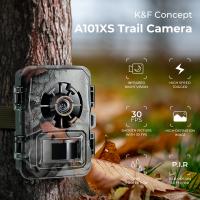

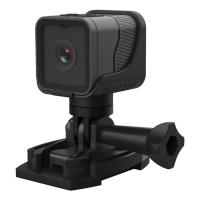


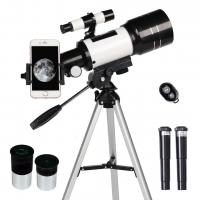
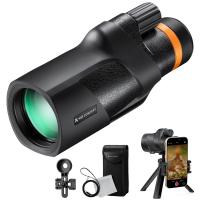
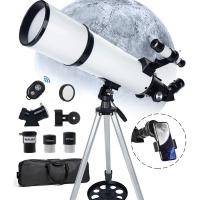

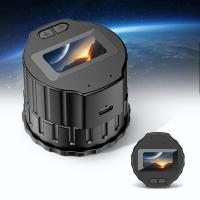
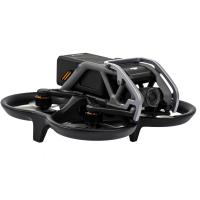
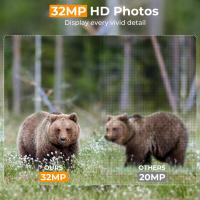
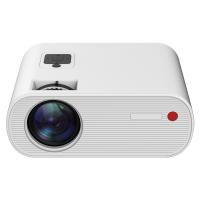
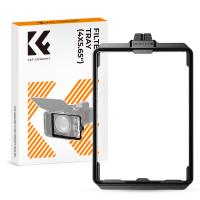

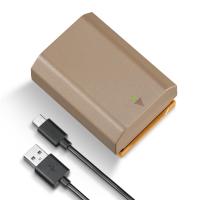


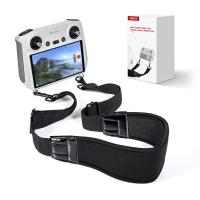

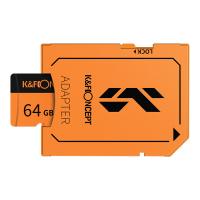

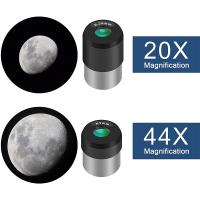
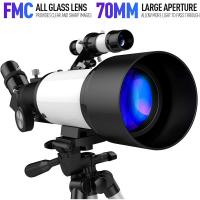

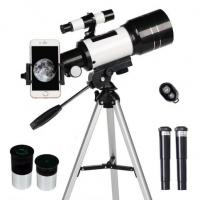
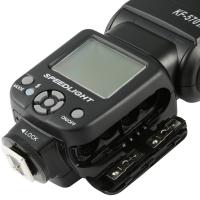





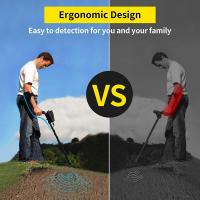

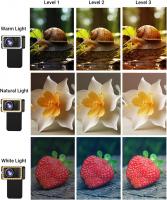

There are no comments for this blog.